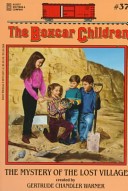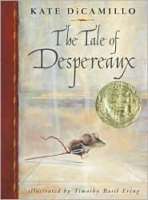
“Take up the pipe, Claudius,” a voice growled near Jessie’s bound head. “He’s worth nothing without his pipe!” Snatched from the docks of New Orleans, thirteen-year-old Jessie is thrown aboard a slave ship where he must play his fife so that captured slaves will “dance,” to keep their muscles strong and their bodies profitable for their owners’ use. Jessie is sickened as he witnesses the horrible practices of the slave trade. But even those horrors can’t compare to the one final event awaiting Jessie’s witness. Can the cruelty to his fellow human beings be stopped? And will it be too late when it finally does stop? In a stunning performance by Peter MacNicol, Paula Fox’s enduring classic comes magnificently alive, with the seating truth about a period of American history we would otherwise most likely wish to forget.









